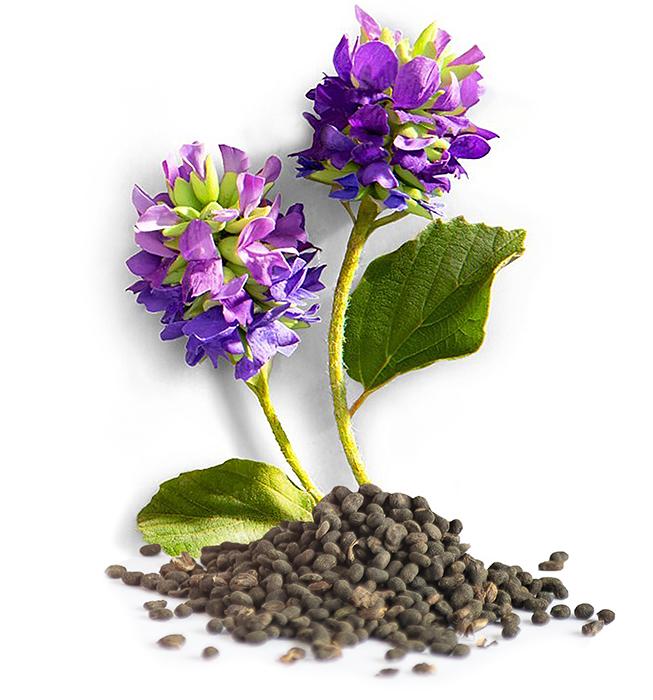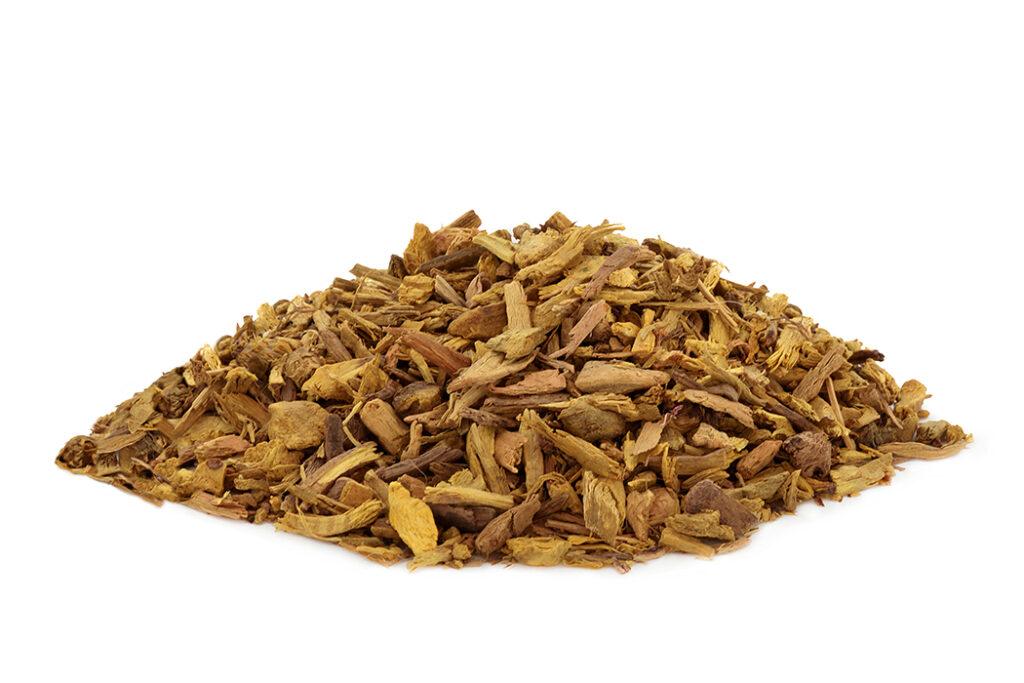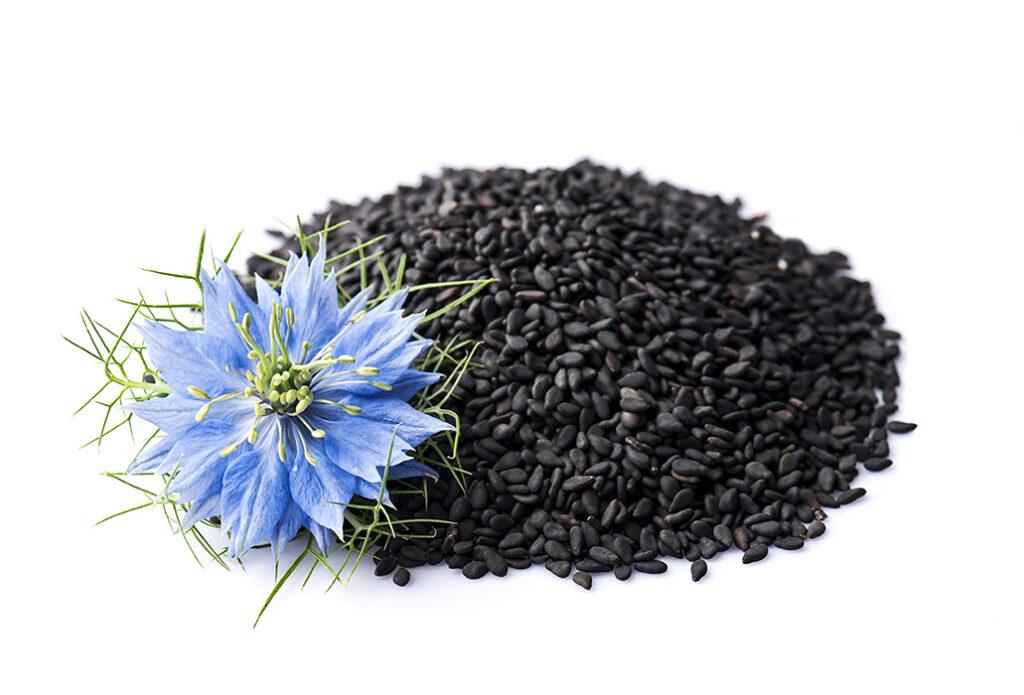Lifetime Money Back Guarantee 👍
Free Shipping On All Orders 🚚
100000+ Happy Customers Worldwide 🤗
📦 We Cover All U.S. Tariffs - No Extra Costs
Each of the active ingredients has different activities, each targeting complementary outcomes, providing a comprehensive approach to normalising skin function and pigmentation.

Psoralen is the principal bioactive component in the dried fruits of Cullen Corylifolium. Medical professionals will recognise this substance as being the base of some of the most effective pharmacological interventions for vitiligo (21).
Psoralen, like many other biologically active substances, also influences a number of biochemical processes. Its well-characterised actions include(28)
These attributes alone are often deemed to be sufficient for professional management of vitiligo; this ingredient’s activity is complemented by other, similarly powerful substances.

Barberry root (Berberis vulgaris) has been used for millennia(5) and across many different traditional medicine paradigms as a remedy for vitiligo. Modern science is now beginning to decipher how Barberry root bark influences skin health and promotes a more normal function. The root bark contains naturally occurring berberine at concentrations of up to ~7-12%(8).
Berberine is a potent phytochemical that has a wide range of therapeutic benefits(16) including immune-modulating and anti-inflammatory activities(34).
Most specifically it appears to have a role in
The biochemical pathways identified for Berberine’s activity are different to those exploited by Psoralen; providing a complementary therapeutic effect.

Thymoquinone is widely regarded as being the biologically active component of Nigella Sativa.
Thymoquinone is likely to have a dual action in the remediation of vitiligo
A recent human-clinical trial(27) conducted in 2019 demonstrated that a cream containing Nigella sativa resulted in statically significant re-pigmentation in the hands, face and genital region of 47 men and women with vitiligo after 6 months of use, and was considered to be especially suitable for use on delicate skin.
An earlier double-blind randomised human clinical trial(13) compared the effects of Nigella sativa and Fish Oil in resolving the symptoms of Vitiligo. Nigella oil was found to be more effective, with the Vitiligo Area Scoring Index reducing from 4.98 to 3.75, with pronounced improvements in the upper extremities, trunk, head and neck after 6 months of use.
As is the case of Psoralen and Berberine; Thymoquinone utilises different inter and intra-cellular processes and different biochemistry in effecting its antioxidant and stimulatory effects. The combination of three distinct types of pharmacologically active substances in this natural medicine provides a sound basis for re-establishing balance across a wide range of processes that are dysfunctional in vitiligo affected skin.

Unlike the other actives that specifically target the metabolic pathways directly associated with vitiligo, virgin coconut oil serves to nurture, condition and normalise overall skin health.
The oil has emollient, occlusive and rehydrating properties. This ensures that the biologically active components of Cullen (Psoralea) Corylifolium, Berberis Vulgaris and Nigella Sativa are maintained close to the skin, and presented in an environment where there is sufficient biologically available moisture to facilitate their uptake and utilisation.
Monolaurin, a derivative of the coconut oil constituent lauric acid, demonstrates antimicrobial activity against some dermal pathogens, such as Staphylococcus aureus, Staphylococcus epidermidis, and Candida albicans(18). A clinical trial published in 2008(32) demonstrated that compared to Virgin olive oil, virgin coconut oil reduced skin infection and inflammation after 4 weeks of application.
Studies show that the antioxidant components of virgin coconut oil
Other studies demonstrate that it has anti-inflammatory, analgesic, and antipyretic activities; and helps to reduce acute(37) and chronic inflammation(29). A randomised double, blind clinical trial showed that topical application of virgin coconut substantially improved skin health and barrier function in children with stressed and inflamed skin.
We noticed you're visiting from Australia. We've updated our prices to Australian dollar for your shopping convenience. Use United States (US) dollar instead. Dismiss